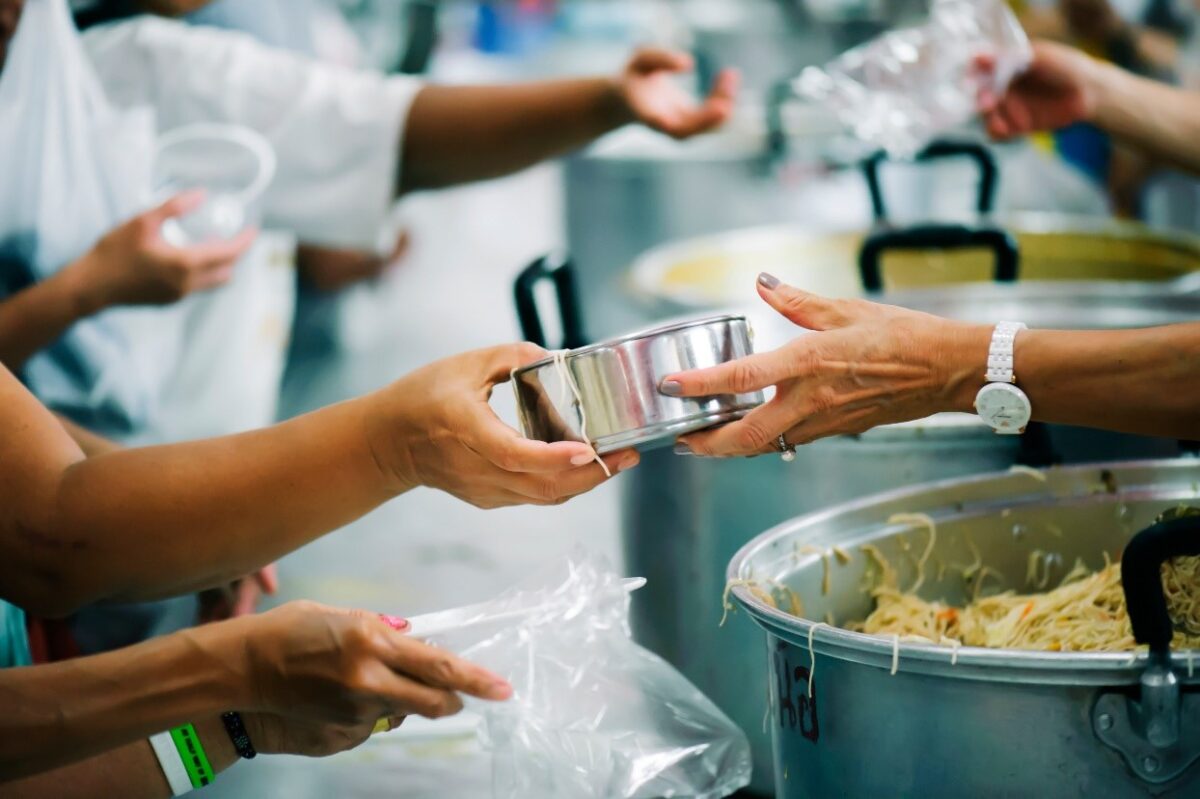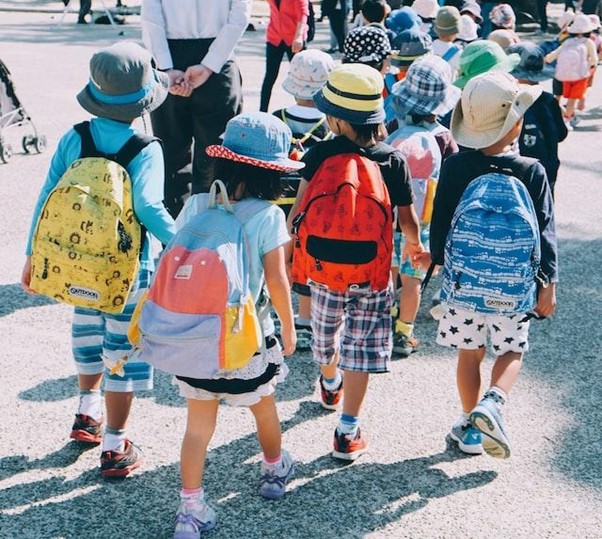Soup kitchens allow people struggling with homelessness to eat for free without discrimination or judgment. Such establishments rely on volunteers and generous monetary donations to open, meaning they are always looking for volunteers.
While there are specific requirements volunteers must meet to gain a position at their local soup kitchen, having a kind, sincere heart is the most important. Daniel Swersky says that donating your time to a local soup kitchen has many benefits, and those interested shouldn’t be put off by any criteria they need to meet. After all, it’s one of the most rewarding ways people can spend their free time.
Volunteering in any capacity comes with plenty of advantages. However, working at a soup kitchen comes with the following six specific benefits:
It’s Rewarding
Becoming a soup kitchen volunteer isn’t monetarily rewarding. However, it can give individuals something even better — happiness.
Helping those in need elicits a type of satisfaction that money (regardless of the amount) simply cannot buy. In today’s world, peace and contentment can be hard to come by, but serving free meals to those who need them most can deliver such feelings.
Teaches Life Lessons
Volunteering at a soup kitchen is a great way to meet other people. And one of the most valuable things about meeting new people is learning about their life stories and experiences.
Hearing their tales teach volunteers more about life than they’ll ever learn from films or TV shows. From sacrifice to forgiveness to relationships, people working in soup kitchens garner incredible life lessons, helping them become better versions of themselves.
On top of that, these establishments offer volunteers different perspectives. Being surrounded by people from different socioeconomic backgrounds, ethnicities, and ages is essential for constructing well-rounded, unbiased worldly views.
It Isn’t Just Giving Back
Helping in a soup kitchen isn’t just about giving back or feeling contented.
Those who’ve volunteered before deem it a chance to fulfill a moral obligation. Humans have a responsibility to help vulnerable individuals and feeding the homeless is a fantastic way to do that.

Builds Personal Relationships
Soup kitchen volunteers learn to eradicate their stereotypes and prejudices, replacing them with acceptance and embracing others for who they are as individuals.
They become adept at empathizing with others’ woes and celebrating their wins, helping them build better relationships in their personal lives.
It Offers the Chance to Meet Like-Minded Individuals
Volunteering also provides a chance to make new friends who are also interested in helping those dealing with homelessness. After all, people often find it easier to form connections with those who share the same viewpoints and interests.
Make a Difference
Finally, soup kitchen volunteers truly make a difference, and nothing can beat seeing the happy faces of those they’ve helped. Even knowing they have made a difference in somebody’s day is enough to set their hearts alight.
Volunteering at a soup kitchen is way more than cooking or serving food. It genuinely changes lives.





